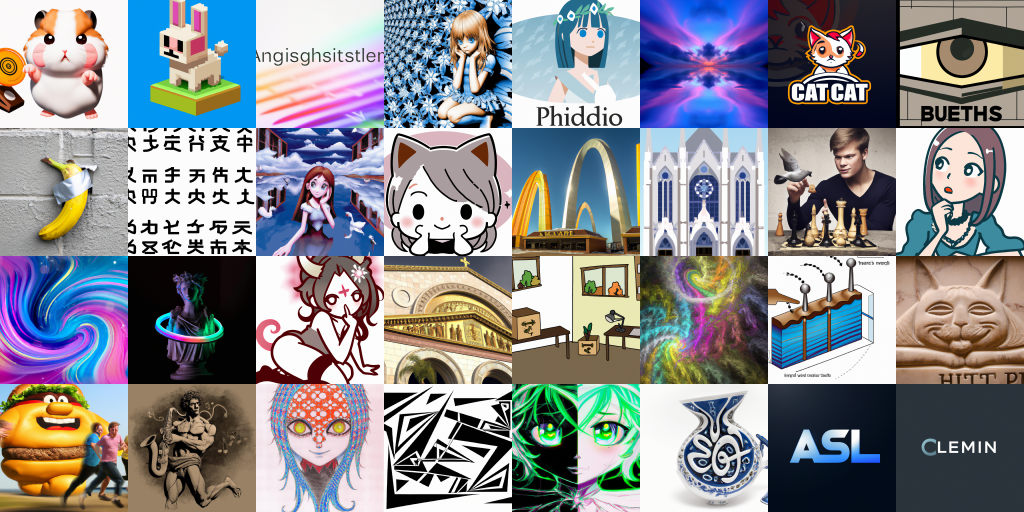Book: “Migration Theory: talking across disciplines”
4th edition, Caroline B Bretell and James F Holland. Routledge, New York, 2023 DOI 10.4324/9781003121015
by: Caroline B Bretell and James F Holland

Below is picture of Roman Fort inn Elslack Village, Yorkshire where my mother was born before she migrated to Paris, France:

Why I am writing this review:
My wife and I migrated to Dallas, Texas from Marseille, France in 2012. The two key people who incited this were Tom Linehan and Rick Bretell, the late husband of the co-author of this book. My colleagues at the time could not understand my reasoning, at a time we could retire painlessly in the South of France. I am trying to understand my own ongoing migrations, physically and professionally and emotionally; I am hoping to keep migrating in multiple ways. Observationally am not a settler, and settlers write the histories of migrants unfortunately.
About the Author:
Roger F. Malina is a space scientist and astronomer, with a specialty in extreme and ultraviolet astronomy, space instrumentation and optics. He served as director of the Observatoire Astronomique de Marseille Provence and was NASA Principal Investigator for the Extreme Ultraviolet Satellite project at the University of California, Berkeley.
He is also a publisher and editor in the new emerging research fields that connect the sciences and engineering to the arts, design and humanities. Since 1982, he has served as Executive Editor of the Leonardo Publications at MIT Press. He founded, and serves on the board of two nonprofits, ISAST in San Francisco and OLATS in Paris, which advocate and document the work of artists involved in contemporary science and technology.
He is currently a Distinguished Professor of Art and Technology and Professor of Physics, at the University of Texas at Dallas and Directeur de Recherche for the CNRS in France. He serves as the Associate Director of ATEC, and founded the ArtSciLab in the ATEC program fall 2013.











